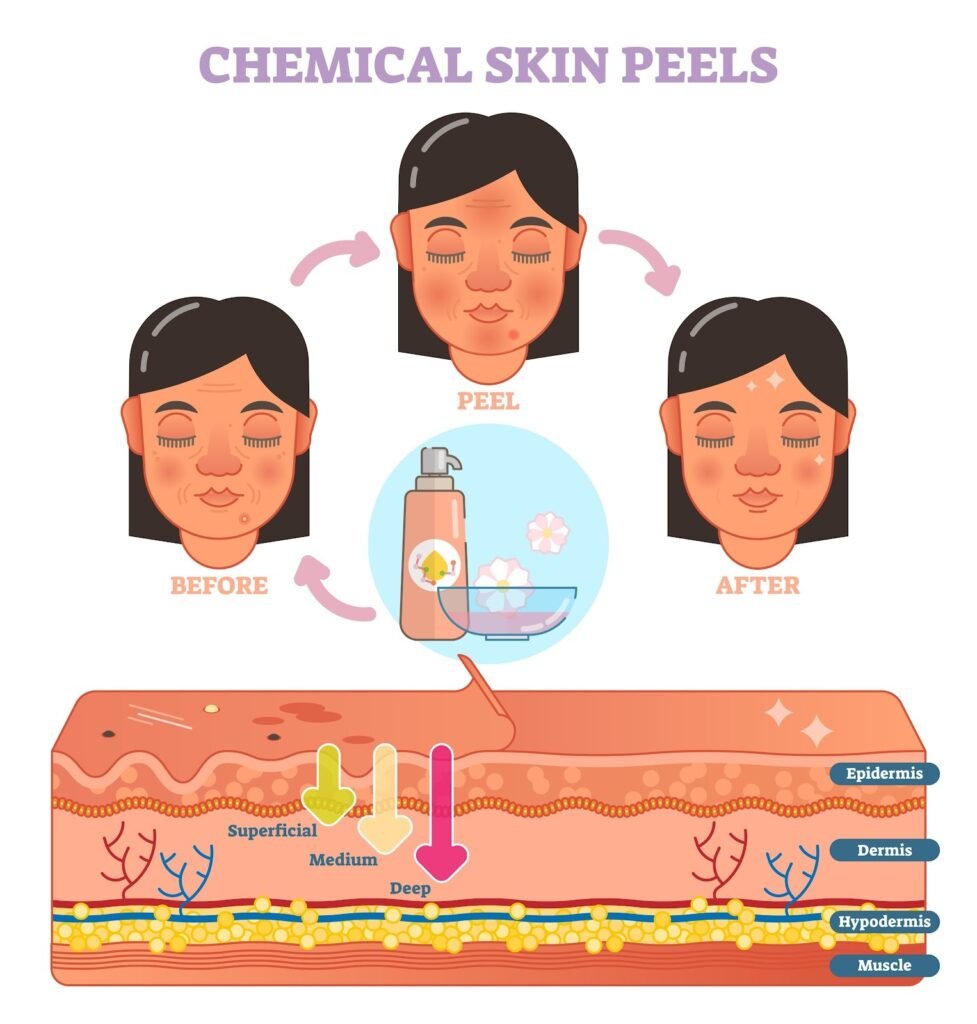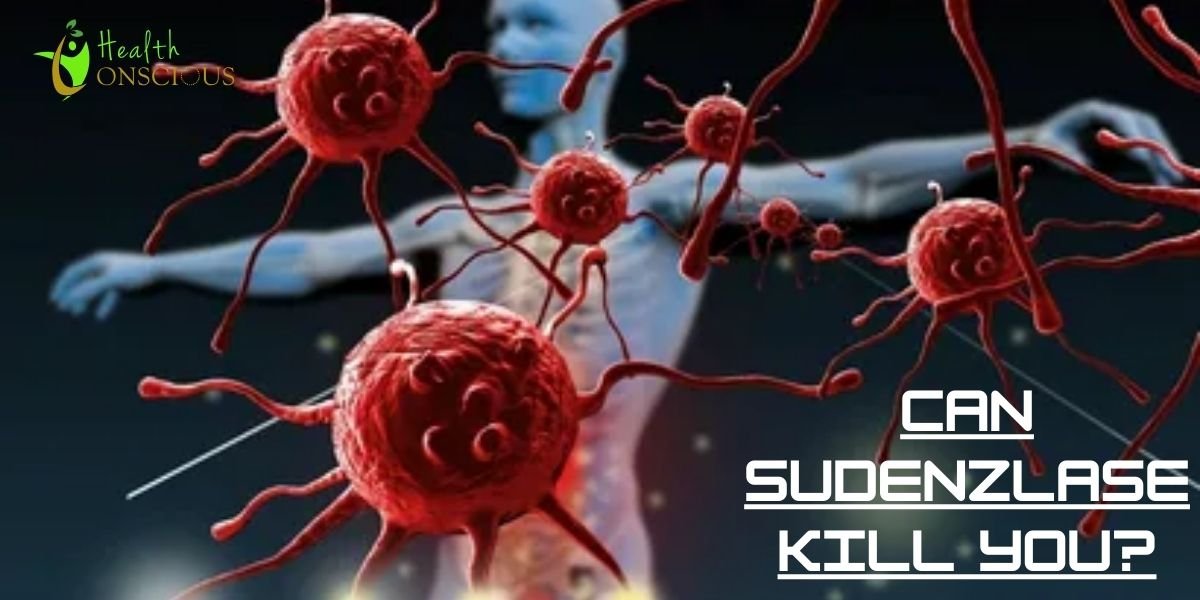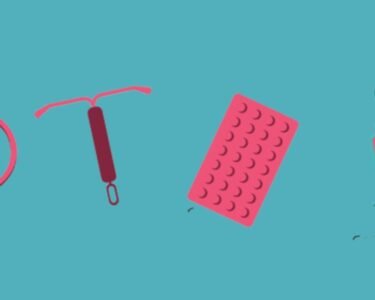A sudden, spreading rash is not always just a minor irritation. Sometimes, it is the first warning sign of a life-threatening medical emergency. When doctors use the name Sudenzlase, they are talking about a severe drug reaction. This reaction causes your skin and the moist linings inside your body to blister and peel away.
Because quick action is so vital, learning to spot the early signs of Sudenzlase is one of the most important things you can do. Getting help right away can prevent permanent damage or even death.
What Is Sudenzlase and Why It Demands Immediate Attention
Sudenzlase is a very rare and severe disorder that attacks your skin and all mucous membranes. These delicate membranes line your mouth, nose, eyes, throat, and genitals. Medical experts refer to this condition as Stevens-Johnson Syndrome (SJS) or Toxic Epidermal Necrolysis (TEN).
Your body’s immune system makes a serious mistake. It attacks your own skin cells, causing them to die and peel off in sheets. Doctors classify this condition based on how much skin is affected:
- If less than 10% of your skin peels, it is Stevens-Johnson Syndrome (SJS).
- If more than 30% of your skin is shedding, it is the more dangerous form called Toxic Epidermal Necrolysis (TEN).
This disorder is a critical emergency because the widespread skin loss is exactly like a third-degree burn. When your protective skin barrier is gone, you lose huge amounts of fluid. This causes severe dehydration. Most importantly, large open wounds allow dangerous bacteria to enter your body easily. This leads to a life-threatening blood infection called sepsis. Because of these high risks, anyone with Sudenzlase needs immediate care in a hospital’s burn unit or Intensive Care Unit (ICU)

Early Signs and Common Symptoms of Sudenzlase
Recognizing the start of Sudenzlase is challenging because it often tricks you into thinking you just have the flu. The very first signs show up one to three days before the severe rash begins. You must pay close attention to these early Sudenzlase Symptoms.
Early Flu-Like Symptoms
The condition starts with common symptoms that can quickly get much worse.
- You will have a high fever, sometimes above 102 degrees Fahrenheit.
- You will feel very ill and unusually tired.
- Widespread body aches and unexplained pain in your joints are common.
- A sore throat, sore mouth, and painful swallowing often happen early on.
- Your eyes may feel red, gritty, and intensely burning.
Severe Skin and Mucous Membrane Symptoms
Once the rash begins, it is the telltale sign of severe Sudenzlase. It develops suddenly and spreads fast.
The rash is generally red or purple and feels painful, not just itchy. It starts to blister and swell. After the blisters form, the top layer of skin dies and separates from the lower layers. This is the painful peeling that defines the condition.
The linings inside your body are also badly affected. Painful sores appear on your lips, in your mouth, and in your genital area. This damage can make it almost impossible to eat, drink, or even open your eyes fully. If the eyes are involved, there is a serious risk of long-term vision problems because the surface of the eye can become scarred.
What Actually Causes Sudenzlase to Develop
In most cases, about 80% of them, Sudenzlase is caused by an unpredictable and severe reaction to a medicine. It is a mistake the immune system makes, where specific white blood cells called T-cells start attacking the skin cells.
Primary Causes
The body’s immune system wrongly sees the drug as a threat. This causes the massive reaction.
- Medications: The reaction can happen with many different drugs. Common ones include anti-seizure medicines like phenytoin and carbamazepine. Certain antibiotics, especially those with sulfa, and allopurinol (used for gout) are also frequent causes. Even over-the-counter pain relievers can sometimes trigger it.
- Infections: Infections are a more likely cause in young children. The most common infectious trigger is a type of pneumonia caused by Mycoplasma pneumoniae bacteria.
Risk Factors
Some people are more likely to get this disease than others.
People who have an already weak immune system, perhaps from having HIV or an autoimmune disease, are at a higher risk. Certain cancers, especially blood cancers, also increase the chance of getting Sudenzlase. Some people have specific genes that make them unable to process certain drugs correctly, increasing their risk if they take that medication.
As a professional expert, I strongly believe that patients need to keep a clear, updated list of all their medications. If you ever start a new drug, you should watch closely for any severe skin changes. Tell your doctor about any severe allergies or reactions you or your immediate family have had.
How Is Sudenzlase Diagnosed by Medical Experts
Doctors must act fast when they diagnose Sudenzlase. The diagnosis process involves a quick check of the patient’s history and a few tests.
The Diagnostic Steps
First, the medical team will ask detailed questions about all medicines the patient has taken in the past two months. Finding the offending drug is the first step toward saving the person’s life.
Next, the doctor performs a physical exam to measure the amount of skin that has peeled or is damaged. They will look for the special red or purple rash and the widespread blisters. A gentle rub on the skin can cause it to shed, a painful sign called the Nikolsky sign.
To confirm the diagnosis, the doctor will take a small piece of the affected skin, called a skin biopsy. This sample is sent to the lab to confirm that the skin cells are dying. Blood tests are also done to see if any internal organs, like the liver or kidneys, are involved. Doctors use a tool called the SCORTEN scale to estimate the patient’s chance of survival based on their symptoms and lab results.
Can Sudenzlase Kill You?
Yes, Sudenzlase is a life-threatening condition. The risk of death is sadly quite high, depending on how much of the skin has detached.
Mortality Rates
For the milder form, Stevens-Johnson Syndrome (SJS), about 10% of patients die from complications. For the severe form, Toxic Epidermal Necrolysis (TEN), the death rate is much higher. It ranges from 30% up to 50% of cases.
Fatal Complications
The rash itself does not usually kill the patient. Instead, death occurs because of severe infections and organ damage that result from the missing skin barrier.
- Sepsis: This is the most common cause of death. Bacteria enter the body through the huge open wounds, leading to a massive blood infection that rapidly spreads.
- Dehydration and Shock: The open skin cannot hold moisture. This leads to rapid loss of body fluid and salts, causing severe dehydration and dangerously low blood pressure.
- Organ Failure: The severe inflammation and infection can damage vital organs. Patients can develop kidney failure, liver problems, or acute lung distress, making breathing impossible.
My personal insight as someone who follows medical advances is clear: the faster a patient is admitted to a specialized unit, the lower their risk. Time saves lives with this disease.
Effective Medical Treatments and Medicines for Sudenzlase
The treatment for Sudenzlase is highly specialized and is mainly about supporting the patient’s body while the skin naturally heals. This care must take place in a burn center or ICU.
Key Treatment Principles
The first and most important step is to stop taking the medication that caused the reaction. All non-essential drugs must also be removed immediately.
Next, the focus is on supportive care, just like treating a severe burn. The patient is placed in a sterile environment to avoid infection. Doctors use IV fluids to replace the lost moisture and electrolytes. They also provide strong IV pain medicine to manage the intense pain from the blisters and peeling.
The wounds are treated gently using special dressings and topical antimicrobial creams to prevent bacteria from getting in. If the sores in the mouth are too severe, the patient will receive feeding through a tube to ensure they get proper nutrition.
Sometimes, doctors use powerful medicines to try and stop the immune system attack. These might include intravenous immunoglobulin (IVIG) or a drug called cyclosporine. However, the use of these drugs is still debated, and they are only used in certain situations.
How to Deal With Sudenzlase During Recovery
Surviving the acute phase of Sudenzlase is a huge accomplishment, but the recovery process brings its own long-term struggles. Dealing with Sudenzlase requires patience and the help of many specialists.
Recovery means scheduling regular checkups with a skin specialist and an eye doctor. This is necessary to manage any lasting skin or eye damage. The healing skin may have scars or noticeable changes in color, which requires gentle care and constant sun protection.
Eye problems are one of the biggest challenges. They often involve severe dry eyes, extreme sensitivity to light, and sometimes vision loss. Patients must follow specific eye drop and cleaning routines for many months.
It is also important to recognize the emotional side of recovery. Being so critically ill is traumatic. Many survivors feel anxious, depressed, or have signs of Post-Traumatic Stress Disorder (PTSD). Seeking support from a counselor or mental health expert is a crucial part of the healing process.
Sudenzlase Healing Process and Long-Term Care Tips
The Sudenzlase healing process takes time. New skin can take weeks or even months to fully regrow. Unfortunately, many survivors develop health problems that last for years.
Common Long-Term Issues
The chronic problems are a result of the extensive damage the inflammation caused.
- Skin and Nails: Chronic skin dryness, scarring, and pigment changes are common. The nails may grow back deformed or not at all.
- Eyes: Scarring on the eyelids or the eye surface can cause chronic dry eye and possibly damage vision permanently.
- Other Organs: The internal linings of the lungs or urinary tract can also scar. This can cause breathing problems, like asthma, or difficulties with urination.
Essential Recovery Advice
The most important step for every survivor is to have a permanent record of the drug that caused the reaction. You must tell every new doctor or pharmacist about your history of Sudenzlase to avoid ever taking that drug again. A second reaction is often much worse and may be fatal.
The best long-term care involves a multidisciplinary team. This means you will need doctors who specialize in skin, eyes, and sometimes mental health. Following their guidance for care is the key to maintaining your health and the best possible quality of life.
Can Sudenzlase Be Cured Completely?
Sudenzlase does not have a “cure” that makes it vanish forever. The immediate crisis ends once the skin stops peeling and re-epithelialization, or regrowth, begins. At that point, the patient is considered stable.
However, the person often faces lifelong consequences from the severe damage. The goal of medical care is to successfully manage these long-term issues, like eye problems and scarring. The main focus is making sure the disease does not come back. Since most cases are drug-related, avoiding the offending drug is the real long-term solution. When this is done, the person can live a full life, even with the residual scars and complications.
Final Thoughts On Preventing Sudenzlase and Staying Safe
Sudenzlase is a tragic reminder that common medicines can have extremely dangerous side effects. I want every reader to walk away remembering this critical instruction: if you start a new medication and develop flu-like symptoms followed by a painful, spreading rash with blisters, you need to go to the emergency room immediately. Do not wait to see if it improves.
We must all be active partners in our healthcare. Always be open with your doctor about your health history and any past drug reactions in your family. Being aware of the risks is the best way to protect yourself and others from the devastation of Sudenzlase.
Important Health Warning
This article talks about a very serious sickness called Sudenzlase (which doctors call SJS or TEN). This information is just for you to learn—it is not medical advice!Sudenzlase is an emergency that can kill people. If you see a painful rash or bad blisters after taking medicine, you need to go to the emergency room right now or have an adult call 911. Do not wait! You must talk to real doctors, not just rely on what you read here.
Frequently Asked Questions (FAQs)
Is Sudenzlase contagious?
No, Sudenzlase is not something you can catch from another person. It is an internal reaction of your own immune system, almost always triggered by a medicine you took.
What is the most common cause of Sudenzlase?
A severe, unpredictable reaction to a medication causes most cases. The most common drug groups involved are certain antibiotics, some seizure medications, and allopurinol (a gout medicine).
How quickly does the skin start peeling in Sudenzlase?
The severe rash and blistering usually appear just one to three days after the patient gets the first flu-like symptoms. The actual skin shedding can start quickly after the blisters form and spread fast.
Can Sudenzlase affect a person’s vision?
Yes, it is very common for the eyes to be affected. The inflammation can cause damage and scarring to the surface of the eye. This often results in chronic dry eyes and, sadly, can lead to permanent vision loss.
What is the SCORTEN scale?
The SCORTEN scale is a tool doctors use to estimate the risk of death for a patient with Sudenzlase or TEN. It uses various factors, like age and lab results, to help guide decisions about their intensive care.
Should I stop taking medication if I see a minor rash?
If you get any new rash after starting a drug, you must call your prescribing doctor right away. Do not stop the medication on your own unless the rash is spreading quickly and severely. If you suspect Sudenzlase, seek emergency care immediately.



